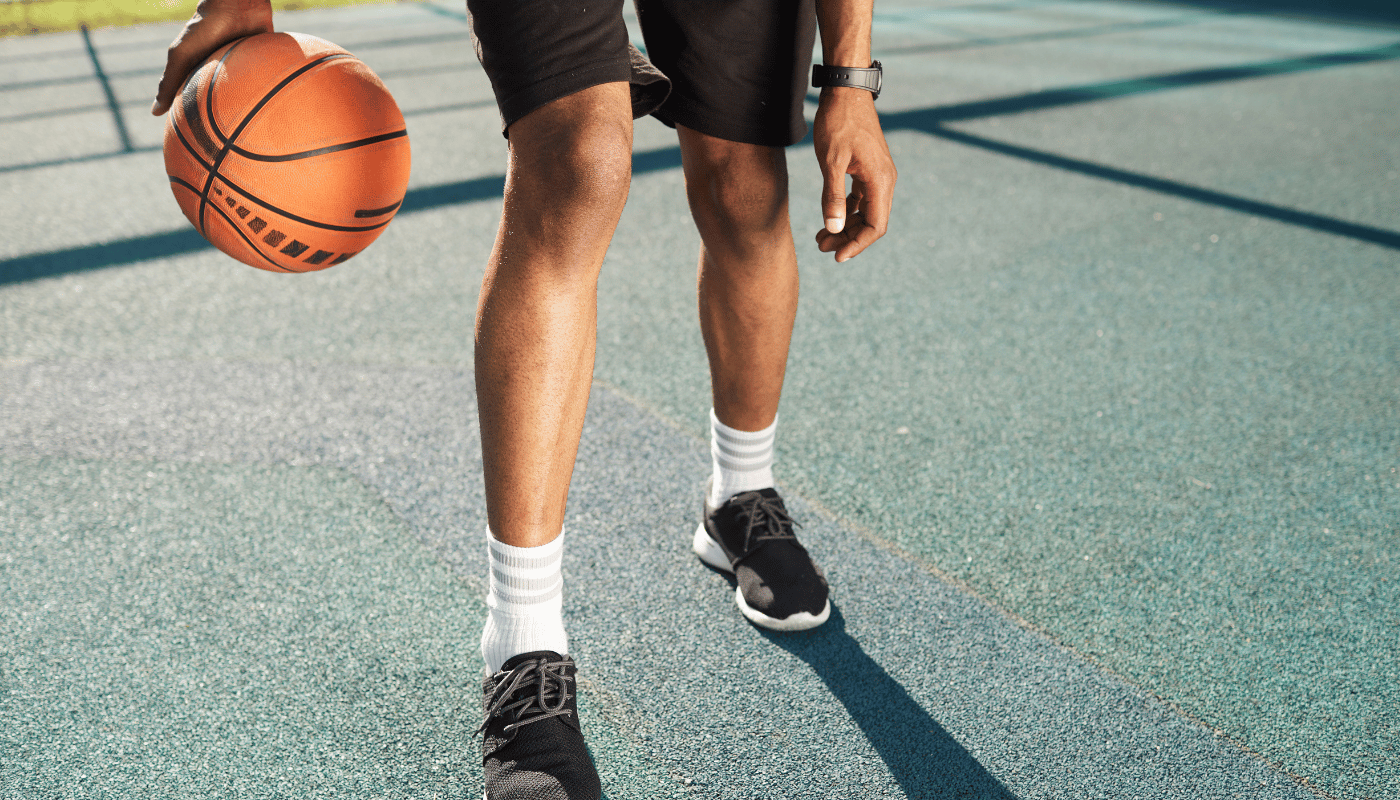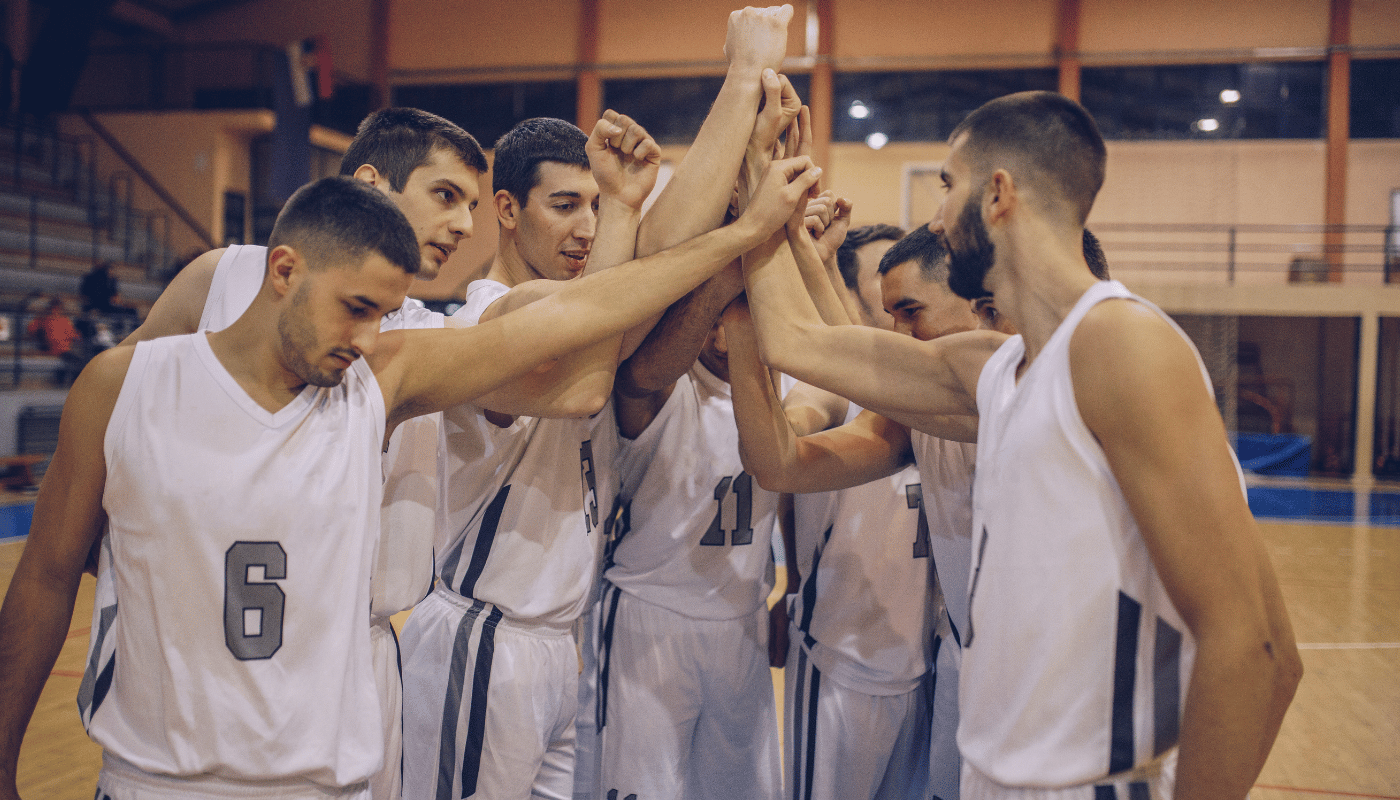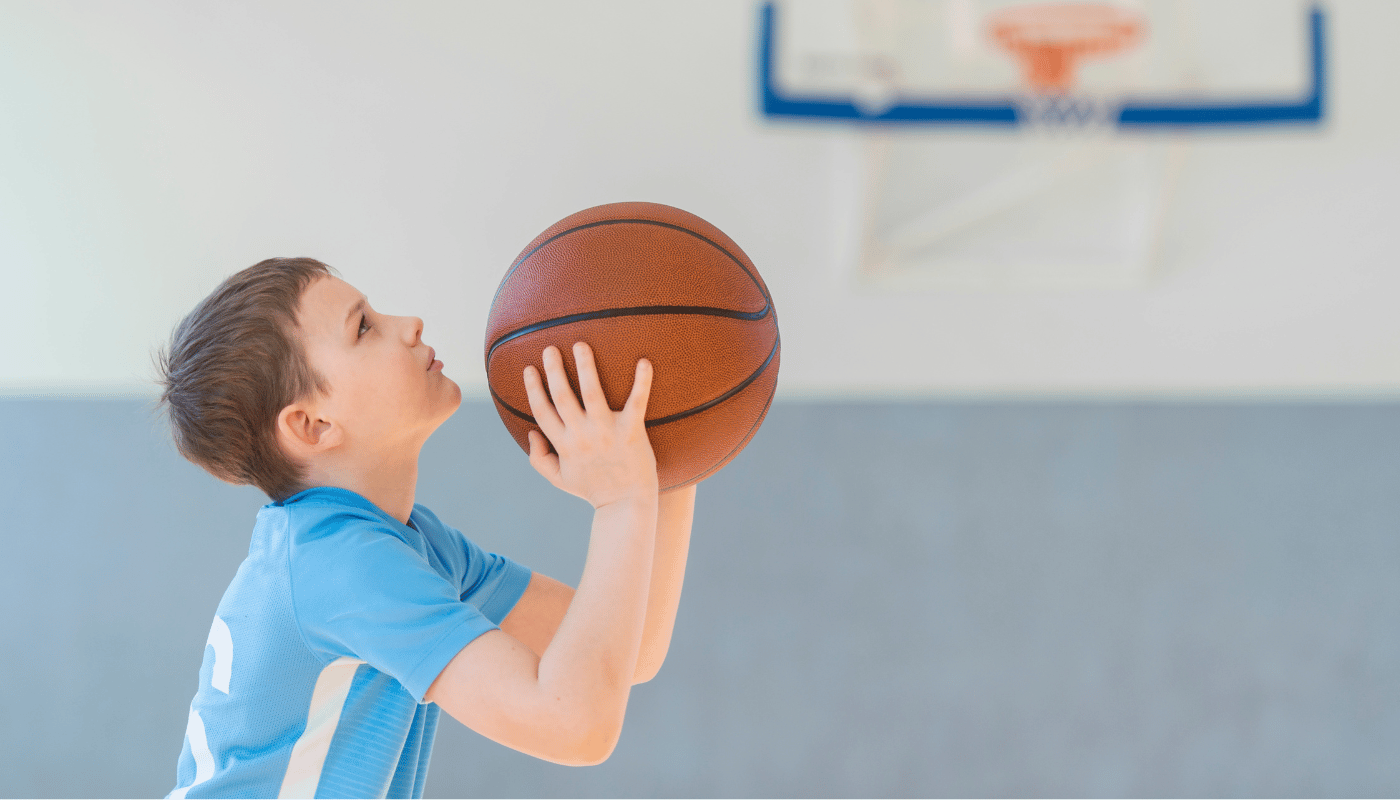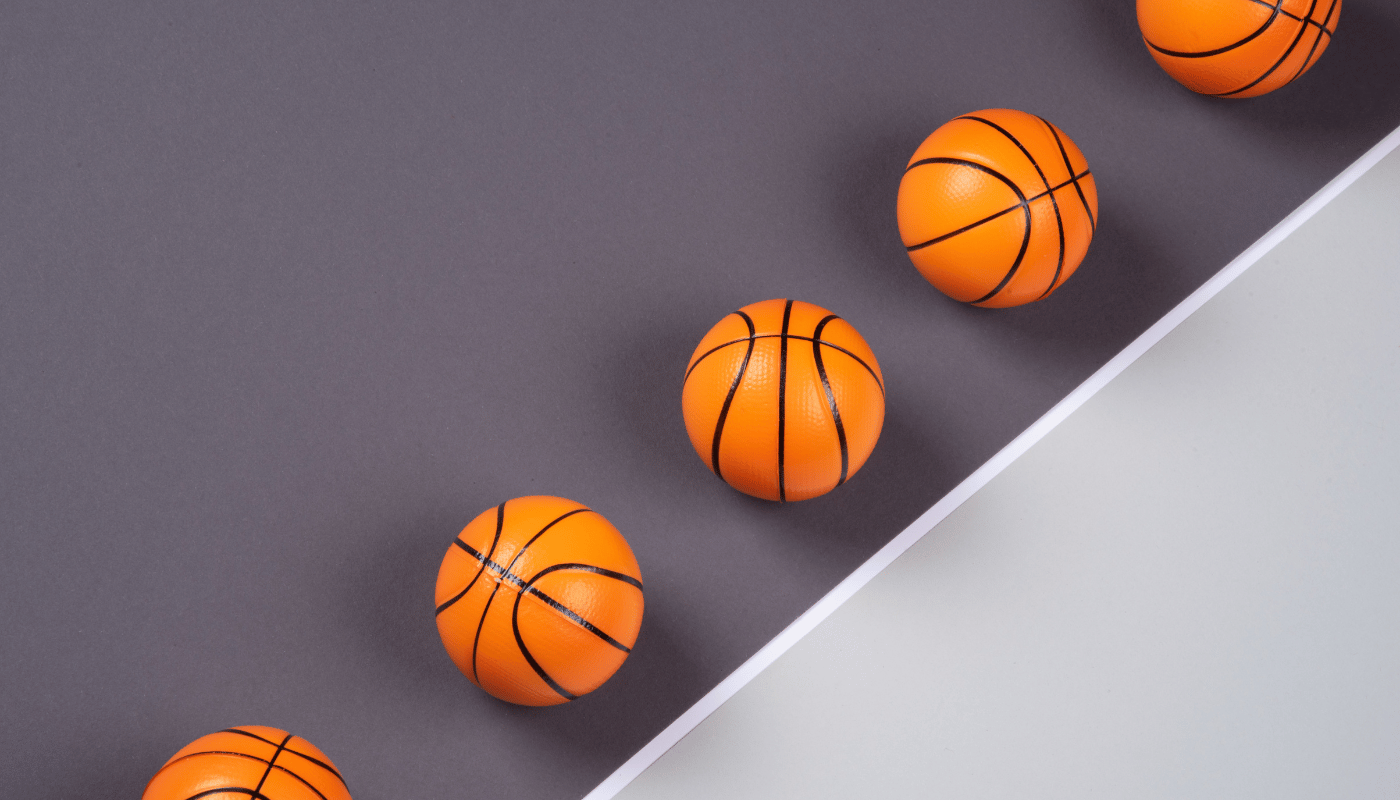In the dynamic world of basketball, players often express their individuality through their attire. Among these unique fashion choices, a captivating trend has emerged: why do some basketball players wear one legging? This phenomenon, while seemingly peculiar at first glance, has developed into a symbol of personal style, functional benefit, and psychological significance for many athletes on the court.
The Evolution of Basketball Apparel
Over the decades, basketball clothing has undergone significant changes. The 1990s were characterized by baggy shorts and oversized jerseys, reflecting the era’s fashion trends. Today, the focus has shifted to sleek, fitted clothing that emphasizes performance and agility. Advances in fabric technology have played a crucial role in this transformation, with materials now offering better breathability, moisture-wicking properties, and durability.
Modern basketball apparel allows athletes to express their individuality while maintaining functionality. Players are no longer limited to standardized uniforms; they can personalize their gear to suit their needs and preferences. Wearing one legging is a prime example of this trend, serving both as a functional choice and a statement of personal style.
Functional Benefits of Wearing One Legging
Beyond the aesthetic appeal, there are several practical reasons why some basketball players choose to wear one legging. These benefits can enhance performance and provide necessary support during intense gameplay.
Support for Specific Muscle Groups
One of the primary reasons athletes opt for a single legging is the targeted support it offers to specific muscle groups. Compression garments are known for improving blood circulation and providing support to tired muscles. By wearing one legging, players can enhance blood flow in the covered leg, potentially reducing the risk of injury during high-impact activities. This additional support can also aid in muscle recovery after games, allowing players to focus on their performance without worrying about past injuries.
Enhanced Mobility and Flexibility
Basketball is a fast-paced game that demands quick movements and agility. Wearing a single legging can provide greater freedom of movement compared to full-length tights. The exposed leg benefits from increased airflow, helping players stay cooler during intense games. This choice can foster a sense of lightness and agility, both mentally and physically, contributing to better footwork and swift movements essential for successful gameplay.
Temperature Regulation During Games
Regulating body temperature is crucial for optimal performance. Wearing one legging helps maintain a balance between warmth and cooling. The covered leg retains warmth, keeping muscles loose and responsive, while the bare leg benefits from air circulation, preventing overheating. This balance is particularly important in games played in warm climates or heated indoor arenas where sweat accumulation is common. Proper temperature regulation can significantly impact an athlete’s endurance and overall performance throughout the match.
Functional Benefits of Wearing One Legging
Targeted Muscle Support
- Enhances blood flow in the covered leg
- Reduces risk of injury
- Aids in muscle recovery post-game
Increased Mobility and Flexibility
- Greater freedom of movement
- Enhanced airflow for the exposed leg
- Promotes agility and swift movements
Effective Temperature Regulation
- Maintains muscle warmth
- Prevents overheating with increased airflow
- Improves overall endurance and performance
Psychological Factors Behind Wearing One Legging
While the functional benefits are significant, psychological factors also play a crucial role in why some players choose to wear one legging. The mental aspect of sports can influence performance just as much as physical ability, leading athletes to adopt certain rituals or styles that resonate with their mindset and identity.
Superstitions are common in the world of sports, where athletes believe that specific attire can influence their performance. Whether it’s a lucky pair of shoes or a particular jersey, these beliefs can provide comfort and confidence during high-stakes moments. For some athletes, wearing one legging is part of a ritual associated with success. This practice can offer a psychological boost, helping players feel more confident and focused during games.
Fashion and sport are deeply intertwined, with many athletes using their appearance to establish a unique identity. Wearing one legging differentiates a player from their peers, allowing them to carve out a distinct space within the competitive environment. This choice serves as a statement of personal style, reflecting the athlete’s individuality and creativity. In a culture where image is closely tied to performance, the decision to wear asymmetrical apparel can enhance an athlete’s personal brand both on and off the court.
Psychological Reasons for Wearing One Legging
Superstitious Beliefs
- Acts as part of a pre-game ritual
- Belief in attire influencing performance
- Provides comfort and confidence
Personal Identity and Expression
- Differentiates the player from others
- Reflects individual style and creativity
- Enhances personal brand and presence
Fashion Statement in Basketball
Fashion in basketball goes beyond mere functionality; it is an expression of culture, individuality, and the merging of sports with lifestyle. Wearing one legging exemplifies this convergence, allowing players to showcase personal flair while maintaining their athletic presence on the court.
Influence of High-Profile Players
High-profile athletes often serve as trendsetters, influencing fashion choices within the basketball community. Players like LeBron James and Kyrie Irving are known for pushing the boundaries of traditional basketball attire, incorporating unique elements into their wardrobes. Their willingness to embrace unconventional looks inspires younger players to experiment with their own styles. When star athletes choose to wear one legging, it sends a ripple effect throughout the community, encouraging fans and aspiring players to adopt similar fashion choices.
The Crossover Between Sports and Streetwear
Streetwear has increasingly influenced basketball fashion, with bold designs and statement pieces becoming commonplace. The trend towards asymmetrical styles, such as wearing one legging, reflects this blend. Players incorporate street-inspired elements into their game-day outfits, merging performance with aesthetic appeal. This fusion captures the essence of modern style, resonating beyond the court and reinforcing the idea that sportswear can be both fashionable and functional.
Traditional Uniforms vs. Asymmetrical Styles
| Feature | Traditional Uniforms | Asymmetrical Styles (One Legging) |
| Design | Symmetrical, matching both legs | Asymmetrical, one leg covered, one bare |
| Functionality | Uniform support and comfort | Targeted support, enhanced mobility |
| Style Expression | Limited personal expression | High level of individual style expression |
| Temperature Regulation | Uniform temperature management | Balanced warmth and cooling |
| Trend Influence | Established, classic look | Influenced by streetwear and modern trends |
| Athlete Identification | Team-based identification | Personal brand and individuality |
Comparison with Traditional Uniforms
The evolution of basketball apparel has led to a divergence from traditional uniforms, prompting a reevaluation of what constitutes appropriate attire on the court. Traditional uniforms were primarily designed for functionality, ensuring that players could move freely and represent their teams effectively. However, as the sport has grown, so has the emphasis on personal style and individual expression.
Basketball attire has deep cultural and historical roots. Initially, uniforms were utilitarian, focusing on facilitating movement and representing team identity. Over time, influences from hip-hop culture, street fashion, and individual expression have reshaped players’ approach to their wardrobe. The emergence of one legging signifies a move away from conformity, emphasizing personalization over standardized attire. This cultural shift mirrors broader societal trends that value individualism and creative expression, even in competitive environments.
Choosing to wear one legging alters how both fans and other players perceive athletes. Instead of being seen solely as competitors, these athletes are viewed as trendsetters and influencers. This shift broadens the conversation around fashion in sports, highlighting the importance of self-expression alongside athletic prowess. By challenging traditional notions of uniformity, players who wear one legging contribute to a dialogue about identity and representation, demonstrating that sports can be a platform for personal exploration and creativity.
Health Considerations
While there are numerous advantages to wearing one legging, there are also health considerations that athletes need to be mindful of. Understanding these factors can help players make informed decisions about their apparel choices.
Compression Benefits for Athletic Performance
Compression gear offers various benefits that can enhance athletic performance, including reduced muscle fatigue and improved blood flow. Athletes who wear one legging may experience enhanced circulation in the covered leg, leading to better endurance and faster recovery times after games. Additionally, the compression effect can decrease the risk of muscle strain, allowing players to maximize their potential on the court. However, it’s essential for athletes to ensure that the legging fits properly, as improper fit can negate these benefits.
Potential Downsides of Uneven Support
Despite the benefits, wearing one legging can also present potential downsides. Uneven support, where one leg receives more compression than the other, can lead to imbalances in the body. This discrepancy may affect biomechanics, potentially impacting performance and increasing the risk of injury over time. To mitigate these risks, athletes should consider ensuring that both legs receive adequate support, either through additional gear or by balancing their attire choices. Consulting with professionals, such as athletic trainers or physiotherapists, can help athletes determine the best options for their specific needs.
Performance Aspects
The impact of wearing one legging on a player’s performance involves several factors, including agility, speed, and overall athletic capability. Understanding these aspects can help athletes optimize their performance while embracing their personal style.
Speed and agility are critical attributes for success in basketball. Wearing one legging can enhance an athlete’s agility by providing targeted support to one leg while allowing the other leg greater freedom of movement. This combination can enable quicker lateral movements and improved responsiveness, which are essential in a fast-paced game. Additionally, the psychological boost from feeling comfortable and confident in their attire can positively influence a player’s overall performance. When athletes feel unencumbered by their clothing, they are more likely to react instinctively and perform better on the court.
Analyzing specific case studies of athletes who consistently choose to wear one legging provides valuable insights into the trend’s implications. Prominent players like Dwyane Wade and Kevin Durant have been observed sporting varying combinations of leggings. Their choices may stem from a blend of performance enhancement, personal preference, and style.
In interviews, these players often discuss the importance of comfort and individuality in their attire, reinforcing the idea that clothing can profoundly impact performance. Observing their experiences helps validate the motivations behind choosing to wear one legging, highlighting how personal style can coexist with athletic functionality.
Brand Influences
Branding plays a crucial role in shaping athletes’ choices regarding apparel, including the trend of wearing one legging. Various companies target basketball players and promote specific styles that resonate with their audiences, influencing both professional and amateur athletes.
Numerous brands have recognized the rising popularity of asymmetrical styles in basketball. Companies like Nike, Adidas, and Under Armour produce compression leggings tailored to meet the needs of athletes. By incorporating cutting-edge technology and trendy designs, these brands cater to players seeking both functionality and aesthetic appeal. Partnerships between top athletes and these brands amplify the visibility of one legging, creating buzz around this unique style. As players endorse specific products, fans and aspiring athletes are more inclined to emulate their heroes, further solidifying the connection between branding and fashion trends in basketball.
Marketing strategies targeting basketball players have evolved to align with contemporary cultural movements. Brands leverage social media influencers, collaborations, and athlete partnerships to create campaigns that resonate with younger audiences. By focusing on individuality and self-expression, these marketing efforts tap into the growing desire among athletes to showcase their unique styles. Promotions centered around one legging can spur interest among both professionals and amateurs, positioning the product as a must-have item for anyone looking to elevate their game while making a fashion statement.
Conclusion
The question of why some basketball players wear one legging encapsulates a multifaceted trend that intertwines fashion, function, and personal expression. This unique choice reflects a broader cultural shift, allowing athletes to showcase their individuality while considering the practical benefits that accompany their decisions.
Basketball apparel has evolved from simple, utilitarian uniforms to sophisticated, personalized outfits that enhance performance and reflect personal style. Wearing one legging exemplifies this transformation, blending targeted muscle support, enhanced mobility, and effective temperature regulation with a bold statement of personal identity. High-profile players and influential brands have further propelled this trend, making it a prominent feature in modern basketball culture.




